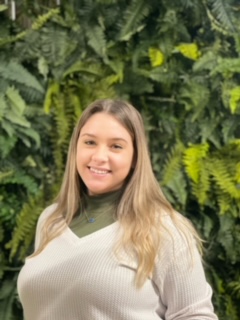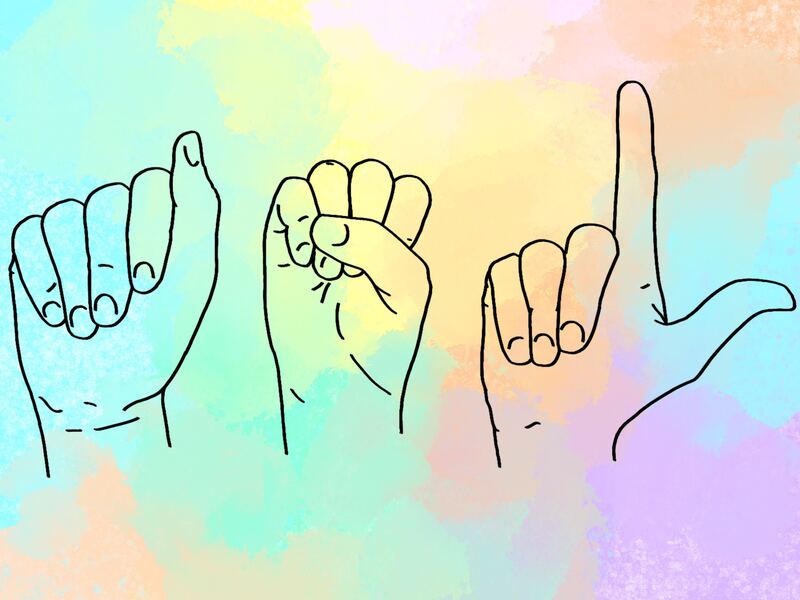ASL: Add It to Your Curriculum
The Background
Spanish and French are the most taught secondary languages in the American school curriculum. There are around 41 million native Spanish speakers and around 12 million bilingual Spanish speakers in the U.S. As for French, around 2.1 million people over the age of 5 speak some form of the language in the U.S. About one in four Americans can converse in a second language.
For decades, English, Spanish, and French were the top three most spoken languages in America. However, has anyone in the school boards ever thought about the deaf or hard of hearing community?
ASL should also be added in the curriculum as a third option, along with Spanish and French.
The Heart of Why We Should
When we encounter a member of the deaf or hard of hearing community, we may try to communicate using our hands as well as mouth our words more clearly.
Whether we are fluent in ASL, know a few common signs, or just use our hands to better illustrate what we are saying, communicating is the most important factor. Everyone deserves to be understood. Everyone deserves to be able to communicate. Implementing ASL into the secondary school curriculum is the first step
Other Benefits
There are plenty of other benefits to learning sign language other than being able to clearly communicate with the deaf and hard of hearing community.
People in careers such as interpreters, teachers, law enforcement officers and medical personnel would benefit from learning and understanding ASL. Many jobs are more likely to hire qualified applicants who speak more than one language; this includes ASL.
There are also college scholarships and grants for majors and minors in ASL. So if a student developed a stronger interest for ASL in high school, they could further their education in it in college with an abundance of financial assistance.
The Hard Fact
Although there are 37 million deaf or hard of hearing in the American community, only about 1% of that know and use ASL. The opportunity to learn isn’t as readily available as other languages are. According to the education system, ASL is not as important to learn as the other leading languages.
What Can You Do?
What can we, as a community, do to tackle this ever growing problem?
Students could start a petition in their schools to start an ASL class. Also, students and parents could meet with the school board to implement an ASL class. Students can have the opportunity to take online classes as a high school credit.
Students that are past high school and wish to make a difference can take classes in ASL at their local colleges. Delta State Univ. has a great ASL course available.
ASL needs to be made an essential part of the community and in secondary school curriculum. It can even be an option besides Spanish or French

Chelsea Jo Bryan (she/her) was born in Jonesville, Lous. Later, she moved with her family to Thibodaux, Lous. where she began to develop interests in music,...



